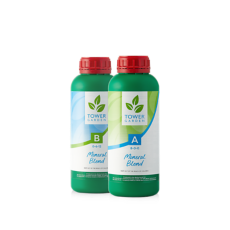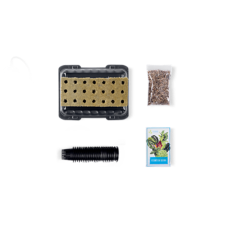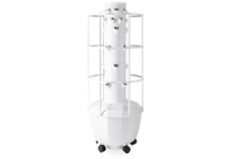The Ultimate Indoor Herb Garden
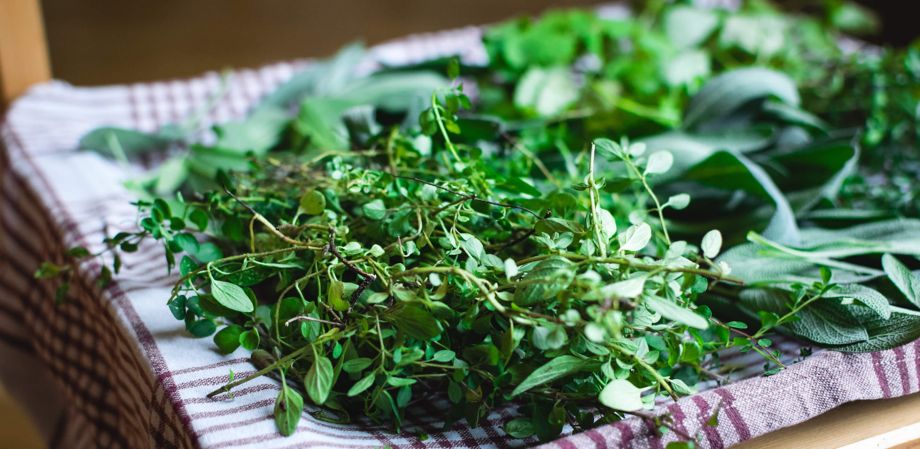
Imagine walking just a few steps to harvest fresh herbs for your cooking. Tower Garden makes it easy to grow herb plants indoors! Here are some tips for success.
Provide Ample Light
Many culinary herbs, such as basil, rosemary, oregano, thyme, and sage, have Mediterranean roots, so they need lots of light to thrive. If your herbs are pale and long-stemmed, they’re probably not getting enough light.
You’ll need to provide at least six hours of light per day — especially in winter, when the sun’s intensity is weaker. You’ll probably need to supplement natural light with grow lights.
Start From Seed
Herbs have some natural resistance to pests. Growing indoors also reduces the likelihood of plant pests, but infestations are still possible. To minimise risk, start your own plants from seed and inspect your garden regularly for signs of unwelcome guests.
Harvest Often
Indoor pests are rare, but you may encounter plant disease since cool, stagnant air promotes fungal growth. Harvest often to facilitate air circulation. (A fan can help with this, too.) If you do notice a problem, cut and destroy infected plant material immediately to prevent it from spreading.
When harvesting, never remove more than a third of a plant at a time. Conservative harvests encourage new growth — which means greater yields over time from a single plant. And if your plants’ leaves get scorched, it means they’re getting too close to the lights. The solution is simple (and tasty): Harvest more frequently!
15 Herbs to Grow Indoors
Most herbs grow well indoors, but the following 15 in particular really thrive and require little attention. In addition to tasting great, many of these herbs will infuse your air with spirit-lifting aromas and your body with health-boosting nutrients.
Note: Tower Garden allows you to grow anywhere from 20-32 plants at once. So you can grow every plant on this list — and then some.
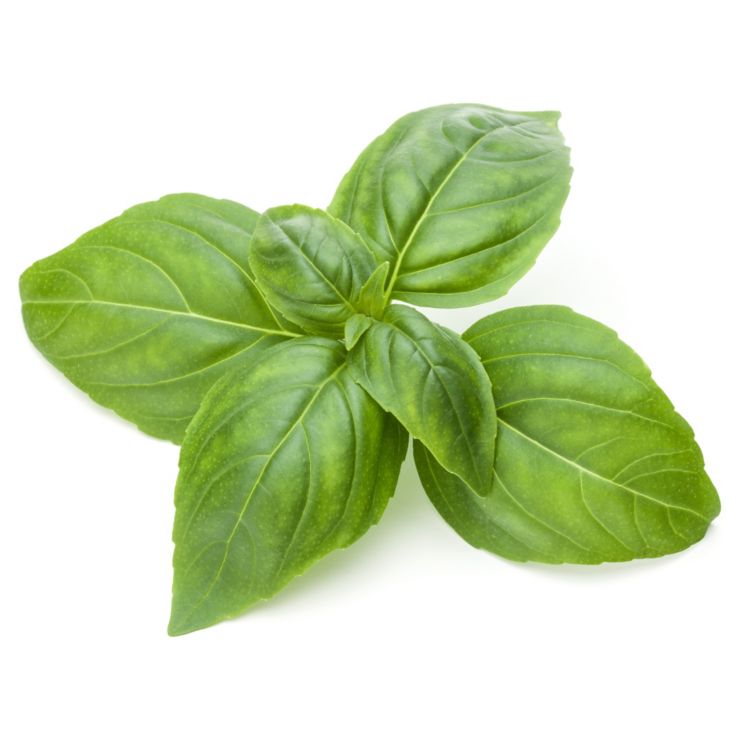
Basil
Commonly used to make pesto, basil’s sweet and spicy flavour complements a range of dishes, from Italian pastas to Thai curries. This herb also reduces inflammation and supports the digestive system.

Chamomile
When brewed as a tea, chamomile has a calming effect and can even diminish feelings of depression and anxiety. It also settles upset stomachs!
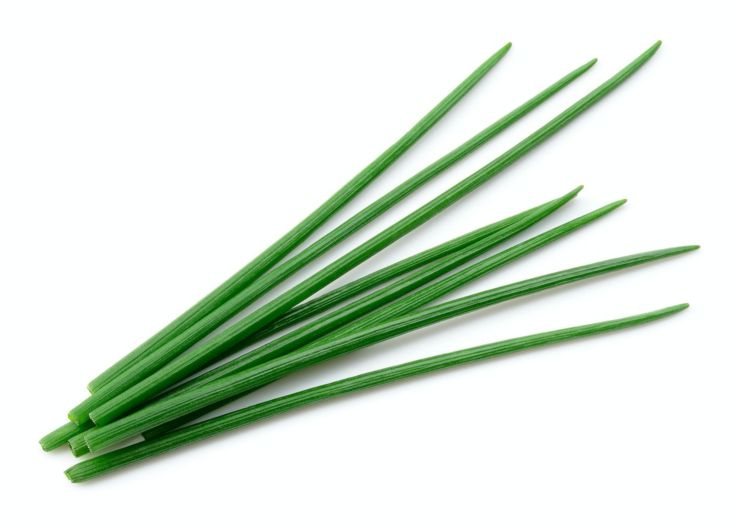
Chives
Related to onions and garlic, chives add a delicate onion-like flavour to everything from omelets to potato salad. And since it’s best used when very fresh, it’s a great herb to grow yourself.
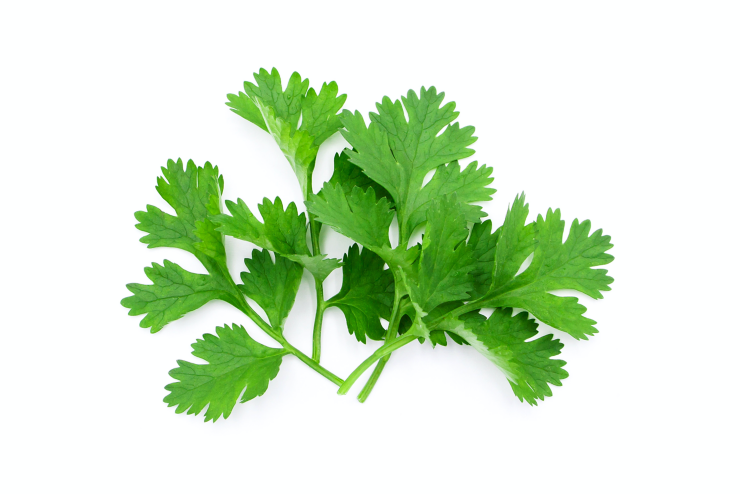
Coriander
This herb is a delicious addition to spicy foods. (Think salsas and stir-fries.) And it may help inhibit blood vessel damage and support digestive health.
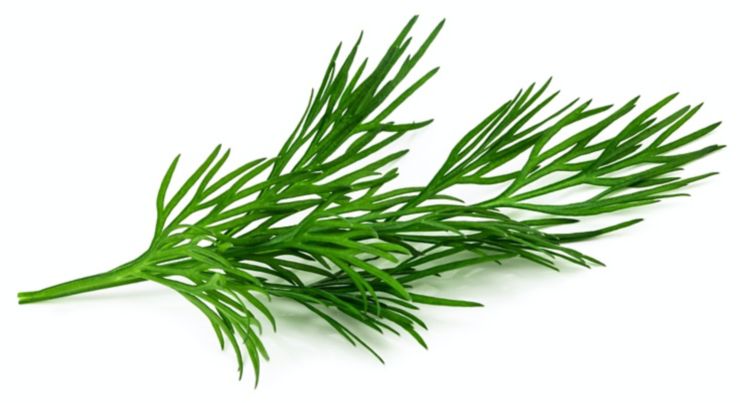
Dill
Dill elevates fish and egg dishes, and its antioxidant count rivals superfoods like kale and pomegranates. The herb also supports digestive health.
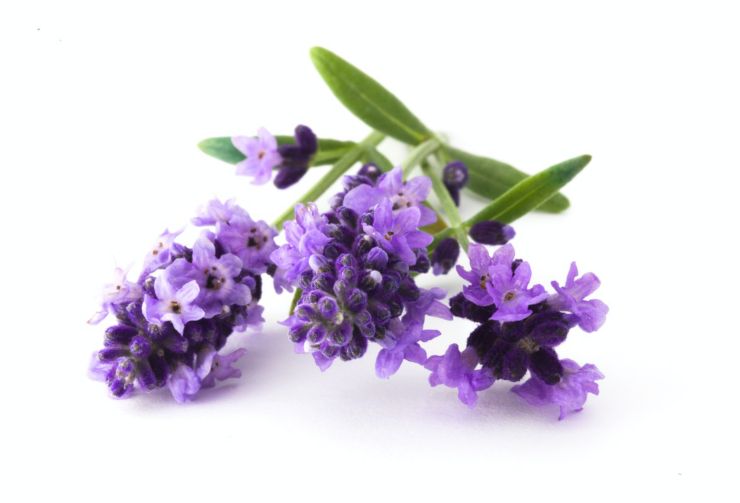
Lavender
Lavender has calming properties and is good for your skin. It’s often used to make teas and essential oils, but you can add the herb to salads and quick breads, too.
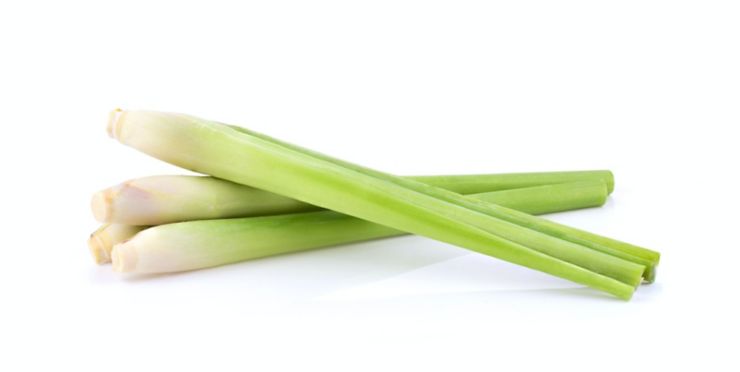
Lemongrass
Offering digestive tract support and anti-inflammatory benefits, lemongrass can be used in a restorative tea or a satisfying soup.
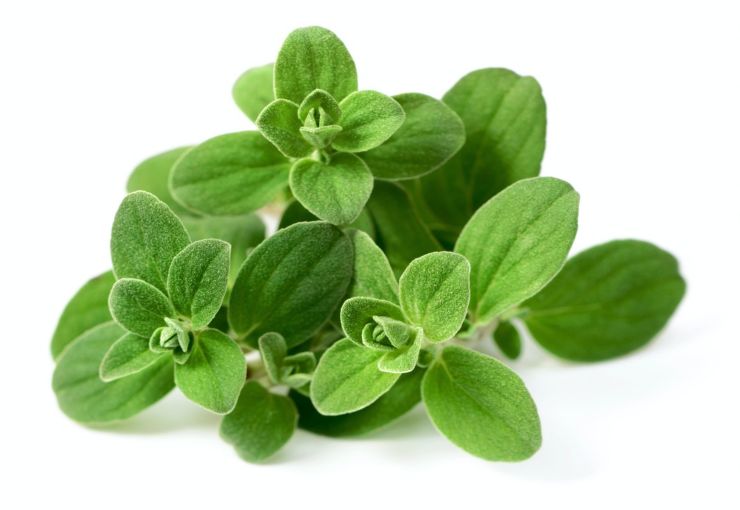
Marjoram
A close cousin of oregano, marjoram is typically used to add light, zesty flavours to meat or potato dishes. It also offers digestive and antiseptic benefits.
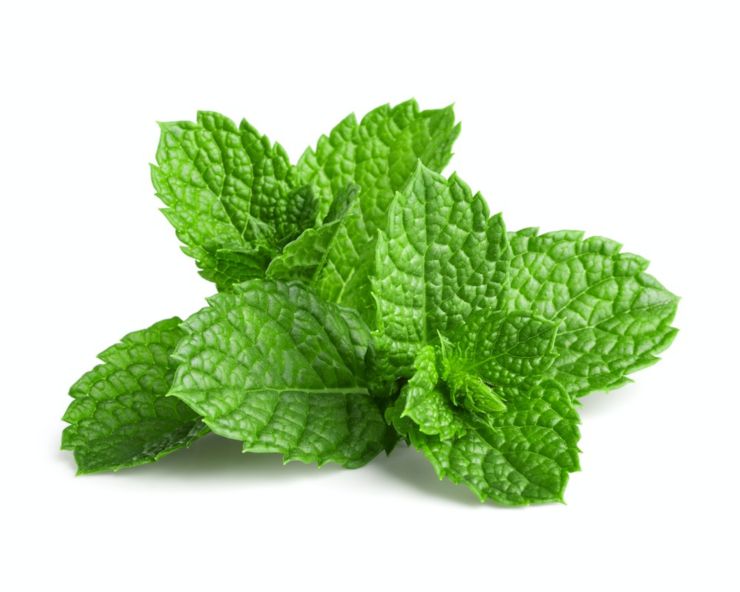
Mint
Peppermint, spearmint, lemon balm, catnip — virtually all plants in the mint family flourish indoors. Whether you use it to brew tea or top off that cocktail, mint adds an unmistakable flair. And regularly consuming mint may guard against Alzheimer’s and other age-related diseases (as well as bad breath).
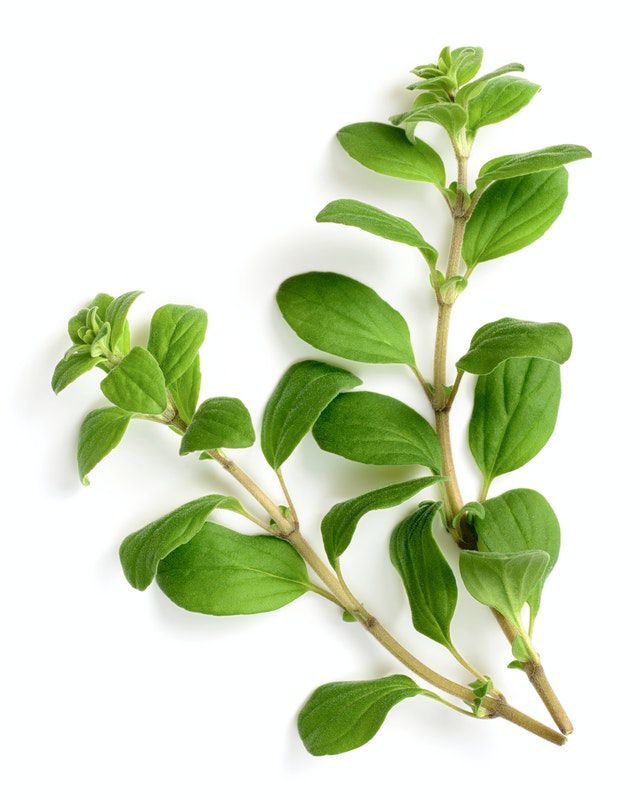
Oregano
Oh, oregano. Reportedly good for keeping your cholesterol in check, this herb is a staple in pasta sauces and as a pizza topping.
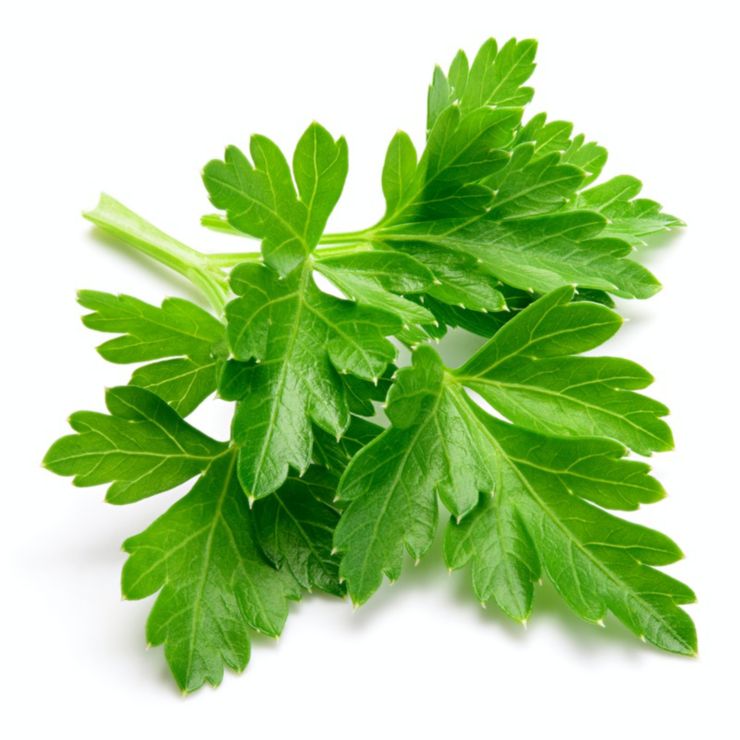
Parsley
More than garnish, parsley can add interest to a variety of dishes from salads to pastas to soups. It’s also a strong antioxidant.
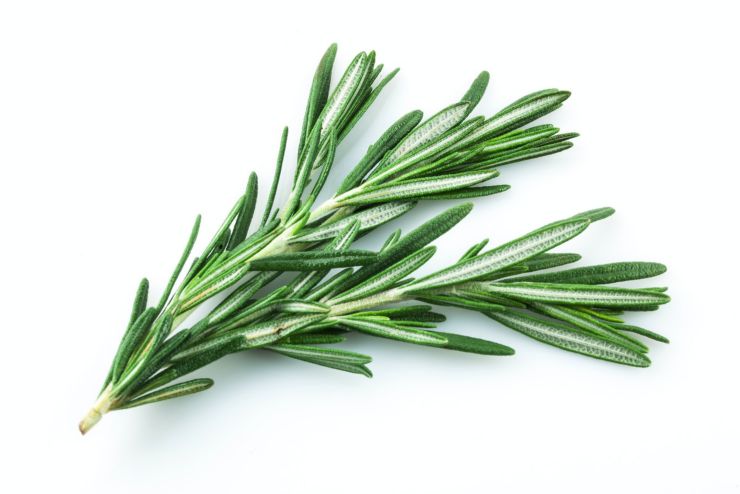
Rosemary
With a minty, pine-like aroma, rosemary adds depth to chicken, bread, and potatoes. Steep it in hot water for a healing tea that eases inflammation and promotes brain function.
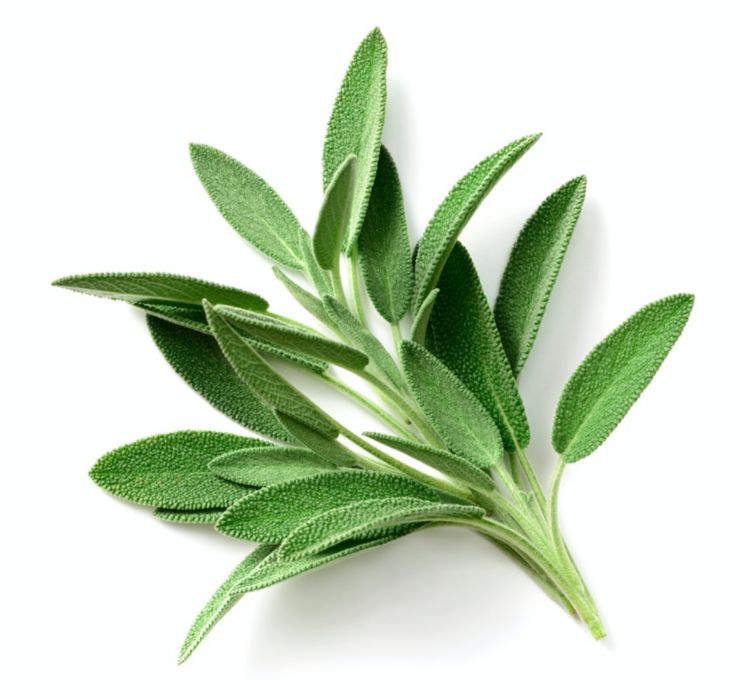
Sage
Though it’s most famous in Thanksgiving dishes, sage can be used for so much more. Try adding it to potatoes or quinoa to enjoy its throat, skin, and hair health benefits.

Stevia
The healthy alternative to sugar, stevia is a surprisingly sweet herb that pairs well with beverages, fruit, and many other foods.
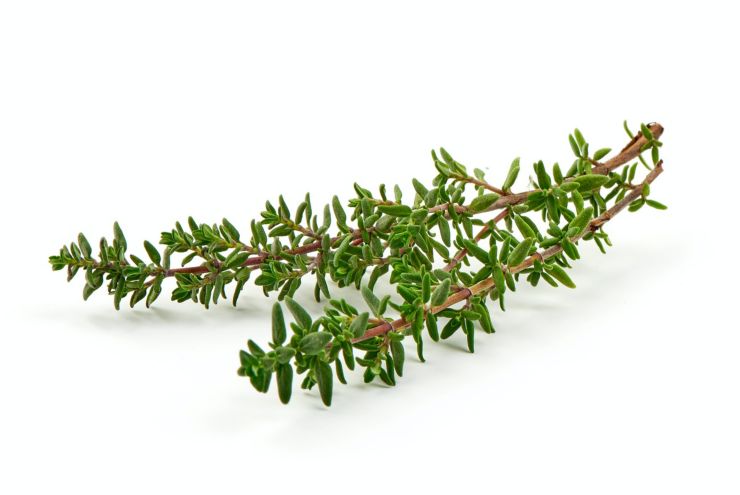
Thyme
Add this potent herb to vegetable and grain dishes, and you’ll never want to go without it again! Containing antibacterial properties, thyme can aid the immune system.
Click here to download a PDF of the Best Herbs to Grow in a Tower Garden guide.
Source for all herbal health benefits mentioned here:
Hartung, Tammi. Homegrown Herbs: A Complete Guide to Growing, Using, and Enjoying More than 100 Herbs. North Adams, MA: Storey, 2011.


